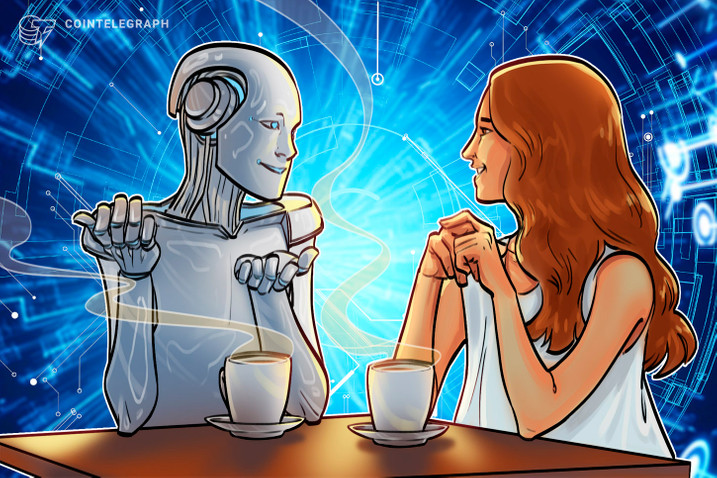Exploring how artificial intelligence and natural language processing are redefining everyday interactions with different technologies.

ANALYSIS
The past 12 months have seen the global digital paradigm evolve tremendously, especially regarding how humans interact with machines. In fact, the space has undergone such a radical transformation that people of all ages are now fast becoming conversant with artificial intelligence (AI) models, most popularly OpenAI’s ChatGPT.
The primary driving force behind this revolution has been the advancements made in natural language processing (NLP) and conversational AI. NLP is a subfield of AI that focuses on the interaction between computers and humans using everyday language and speech patterns. The ultimate objective of NLP is to read, decipher, understand and make sense of human language in a way that is understandable and easy to digest for users.
To elaborate, it combines computational linguistics — i.e., rule-based modeling of human language — with other fields, such as machine learning, statistics and deep learning. As a result, NLP systems allow machines to understand, interpret, generate, and respond to human language in a meaningful and contextually appropriate way.
Moreover, NLP involves several key tasks and techniques, including part-of-speech tagging, named entity recognition, sentiment analysis, machine translation and topic extraction. These tasks help machines understand and generate human language-type responses. For example, part-of-speech tagging involves identifying the grammatical group of a given word, while named entity recognition involves identifying individuals, companies or locations in a text.
NLP redefining communication frontiers
Even though AI-enabled tech has only recently started becoming part of the digital mainstream, it has profoundly influenced many people for the better part of the last decade. Companions like Amazon’s Alexa, Google’s Assistant and Apple’s Siri have woven themselves into the fabric of our everyday lives, assisting us with everything from jotting down reminders to orchestrating our smart homes.
The magic behind these helpers is a potent mix of NLP and AI, enabling them to comprehend and react to human speech. That said, the scope of NLP and AI has now expanded into several other sectors. For example, within customer service, chatbots now enable companies to provide automated customer service with immediate responses to customer inquiries.
With the ability to juggle multiple customer interactions simultaneously, these automated chatbots have already slashed wait times.
Language translation is another frontier where NLP and AI have made remarkable progress. Translation apps can now interpret text and speech in real time, dismantling language barriers and fostering cross-cultural communication.
A paper in The Lancet notes that these translation capabilities have the potential to redefine the health sector. Researchers believe these systems can be deployed in countries with insufficient health providers, allowing doctors and medical professionals from abroad to deliver live clinical risk assessments.
Sentiment analysis, another application of NLP, is also being employed to decipher the emotional undertones behind words, making responses from platforms like Google Bard, ChatGPT and Jasper.ai even more human-like.
